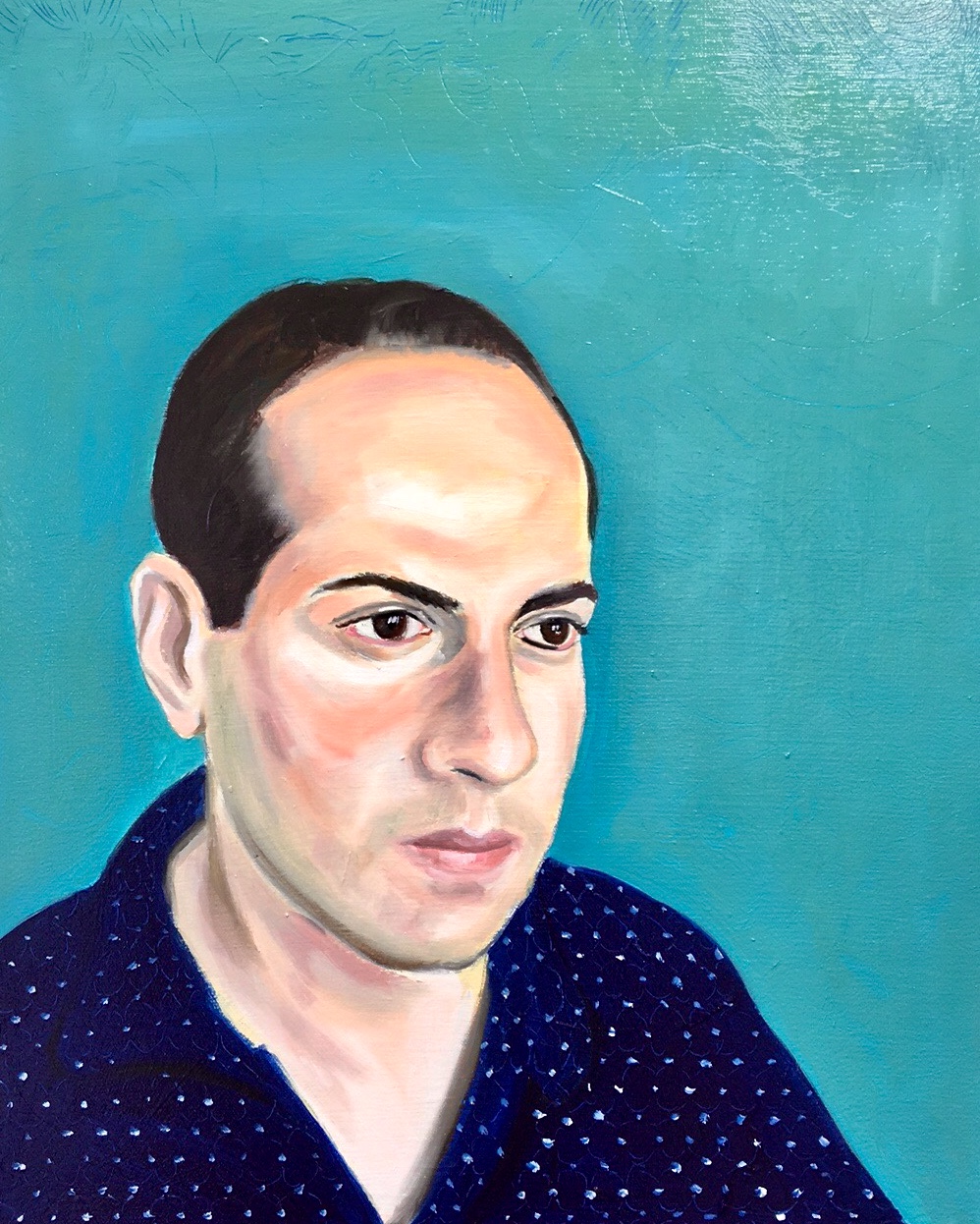Discovering The Art of Pottery: A Look into Ogata Kenzan's Legacy in Kyoto
- Edward Luper
- Jan 14, 2024
- 3 min read
Updated: Jan 29, 2024

I've spoken before about Ogata Korin, the use of gold leaf and the Rinpa school in an earlier blog. On 23 December 2023 in Kyoto however, I learnt more about Korin's brother Ogata Kenzan (1663-1743) and the art of pottery at the Shunzan Gama kiln. Shunzan Gama is a pottery run by Shunji Mori (third-generation) that is closely inspired by the styles set by Ogata Kenzan. It was a pleasure learning and trying our own hand at wheel-throwing, moulding, painting and raku firing, and I can highly recommend the experience if anyone is travelling to Kyoto.

Ogata Kenzan is probably one of the most important ceramicists of the Tokugawa era. He brought a revolutionary approach to form, colour and design. His pots looked like paintings and antiques, with some surfaces recalling cloth, paper, or flowers.

The cultivated scion of a wealthy family of designers, Kenzan brought extensive cultural credentials to the world of ceramics. Kenzan aspired to the life of a scholar recluse, and began ceramics as a cultured hobby under the most famous potter of the day, Nonomura.
Kenzan's wares were rich in cultured and scholarly images drawn from his Classical Japanese and Chinese education; this is reflected especially in his use of the scholars arts of painting, poetry, and calligraphy on his pots.

One can perhaps divide Kenzan's life into three periods. In his first kiln in the hills outside Kyoto, Kenzan venerated the ancient, and his pots can be seen as an outgrowth of the newly renewed interest in Chinese culture. In the second kiln in Chojiyamachi, in downtown Kyoto, Kenzan refitted his workshop and designs to cater to the metropolitan ceramics industry, aimed at a growing urban bourgeoise with a demand not just for luxury but also wit on their ceramics. In this, Kenzan was assisted by his brother the painter Ogata Korin. In the last stage of Kenzan's life, he moved to Edo (modern day Tokyo) and returned to salon culture and amateurism. Patronised by an imperial prince, he joined a circle of haiku poetry enthusiasts and engaged in art for art's sake.
At Shunzan Gama, we began by copying one of Kenzan's most famous dishes of maple leaves in a stream. Kenzan's legacy in ceramics is characterised by his innovative approach to design, incorporating vivid colours, intricate patterns, and a deep appreciation for the natural world. His works, often adorned with flora, fauna, and poetic motifs, went beyond mere utilitarian objects, becoming revered as objets d'art.

The clay is pressed into a maple-leaf shaped mould and then cut around the edges carefully. After this is dried, enamels are painted on and it is fired in the kiln. One of Kenzan's enduring contributions was his introduction of bold, unconventional brushwork to pottery decoration, breaking away from the more reserved styles prevalent at the time. His creations, including tea bowls, plates, and vases, exude a timeless elegance that continues to captivate collectors and enthusiasts alike.

One of the most enjoyable activities however, was raku firing. Raku is when pots are taken from a low fired kiln while they are still glowing red hot. The pots are then placed in a material that catches fire, such as sawdust. This is to starve the pot of oxygen, which gives the glaze which is applies thickly before, a wonderful variety of colours. Areas without glaze take the oxygen from the clay itself, meaning some areas will have a matte black colouring.

Raku firing is an incredibly exciting technique, as there’s always the anticipation of how each piece may turn out with so many different variables. The process in my opinion, is nothing short of alchemy.

Ogata Kenzan's legacy as a pioneer in Japanese ceramics endures, as his innovative spirit continues to inspire and guide contemporary artists. His ability to blend tradition with avant-garde techniques has left an indelible mark on the world of pottery. As we reflect on the life and work of Ogata Kenzan, we celebrate not only a historical figure but a beacon whose influence continues to shape the landscape of Japanese ceramics today.






Comments